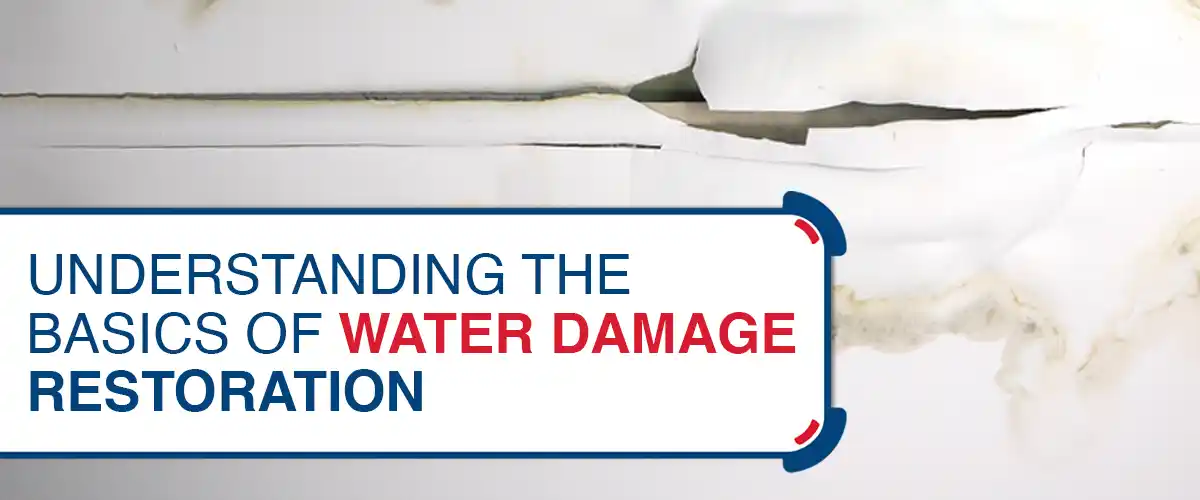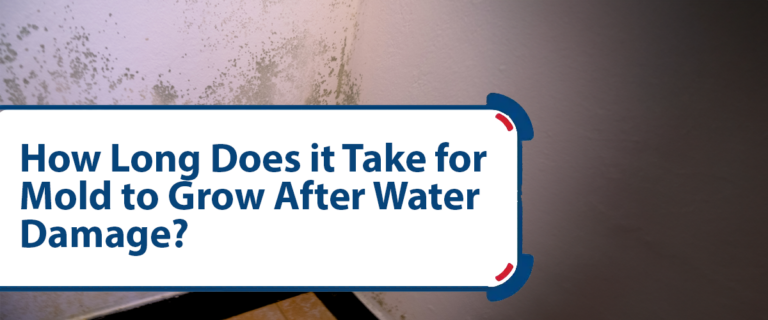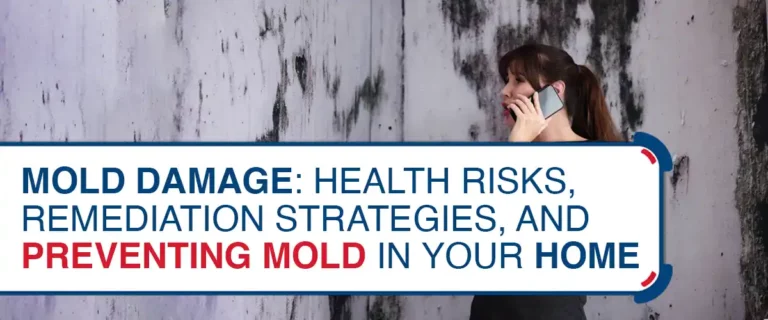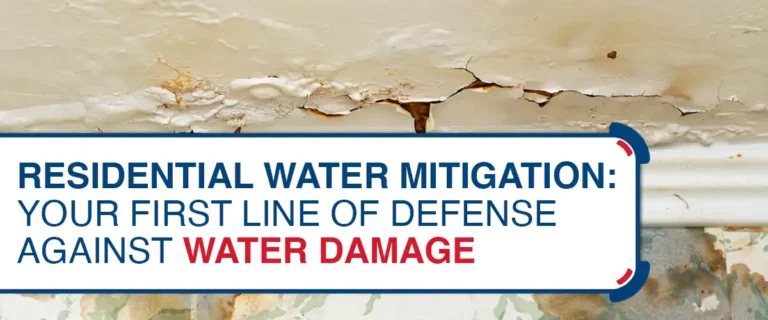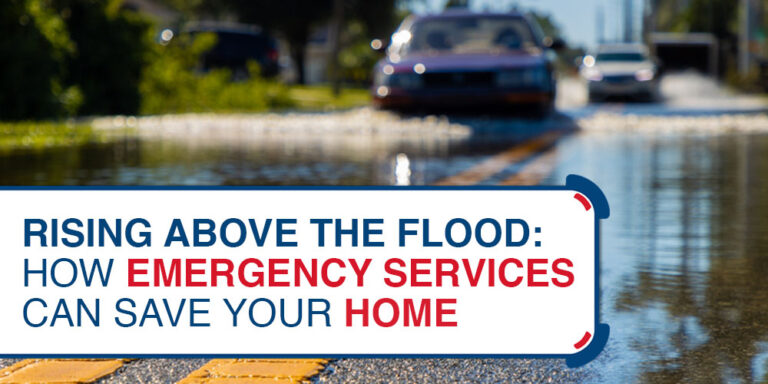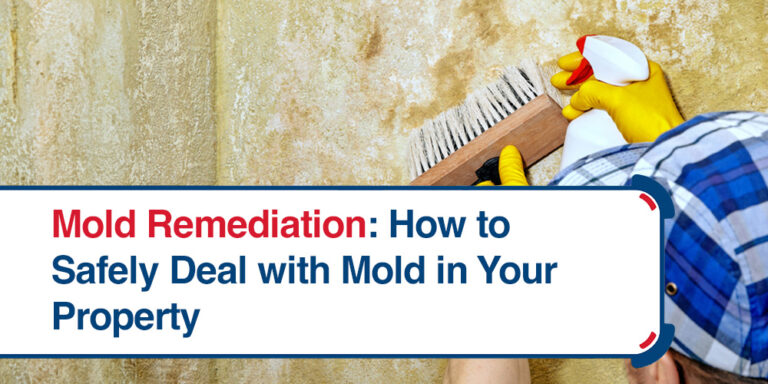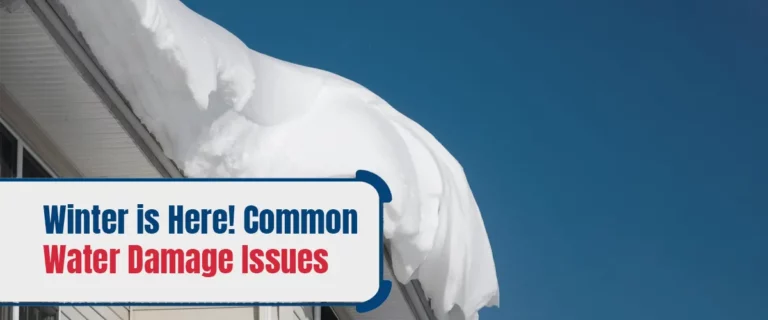Learning about water damage restoration is more than just figuring out how to save what’s left. It’s also about finding peace of mind and feeling secure again. But why must we act promptly and carefully with water damage? Buckle up as we guide you through understanding the restoration process and show you how to manage and fix these issues effectively.
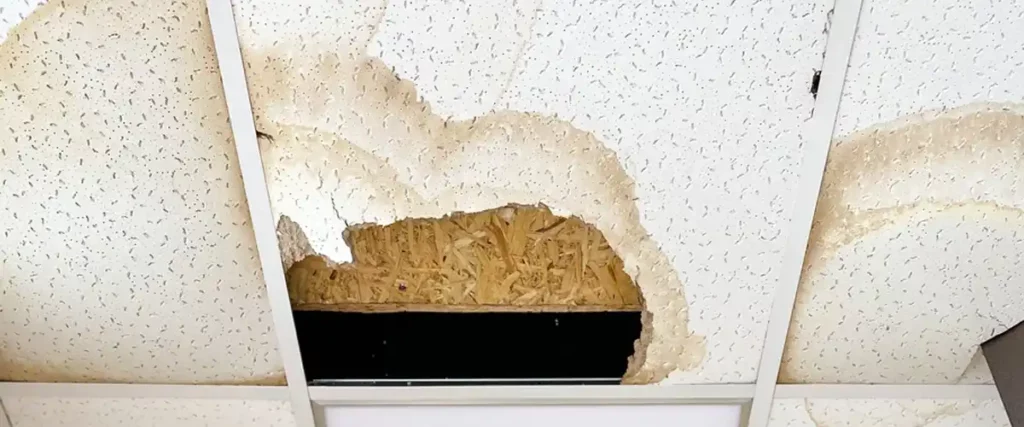
What Is Water Damage Restoration?
Water damage restoration is like a helping hand during tough times. Its primary goals are to lessen any immediate harm, stop more damage from happening, and fix up your home to how it was before or improve it.
A successful restoration requires skilled hands, careful planning, and quick action. As we go further, you’ll see that the problems caused by water are more than just puddles on the floor; water can weaken your house’s structure and create health risks, too.
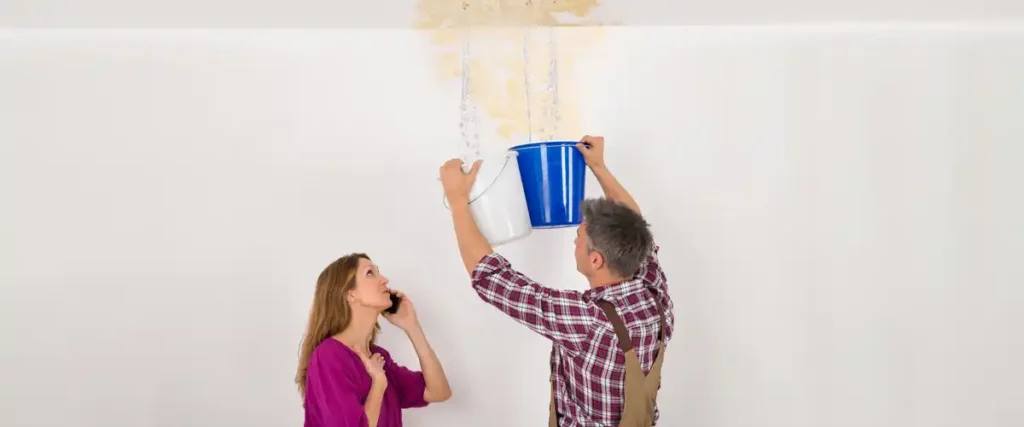
What are the Common Causes of Water Damage?
It’s not just natural disasters like floods that we have to worry about. Sometimes, small mistakes, like leaving a faucet open, can cause trouble. Here’s a bit more detail on each kind of water problem issues encountered at home:
- Floods can come from heavy rain, overflowing rivers, or broken dams. The damage varies in different levels, depending on how much water enters your home and how long it stays.
- Leaks can happen anywhere you have water pipes or appliances, including in your bathroom, kitchen, or laundry room. Leaks can be small and hard to notice but cause significant problems over time.
- Burst Pipes happen if they’re old and worn out, but they can also break if the water inside them freezes and expands. When a pipe bursts, it sends water everywhere, damaging your belongings and even the structure of your house.
- Storms bring heavy rain, and sometimes your home can’t handle it. Water can seep into your basement, get under your roof, or find its way through windows and doors.
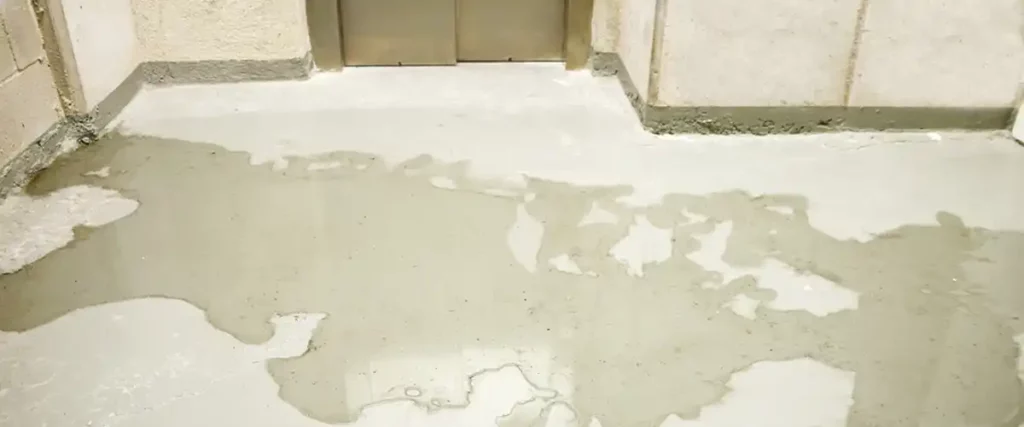
Categories of Water Damage
According to a guideline by Northern Arizona University, three types of water could be involved in water damage, and they’re not all created equal:
- Clean Water: This is water from a clean source, like a leaky water bottle or an overflowing sink. It’s not immediately harmful to your health. However, if left alone, clean water can soak into carpets, weaken structures, and lead to mold growth.
- Gray Water: This water is a bit dirty because of the contaminants. Think water from washing machines, dishwashers, or light rainwater. It can make you sick and harm things in your home. The contamination worsens if it sits too long, as do the potential health risks.
- Black Water: This is the dangerous type. Black water comes from sewage or heavy flooding and carries harmful bacteria, viruses, and sometimes chemicals. It’s a severe threat to your health and requires immediate attention. It would be best if you didn’t try to clean up black water yourself because of the risk of sickness.
Each category indicates the severity of the situation and dictates the urgency and methods required for an effective restoration.
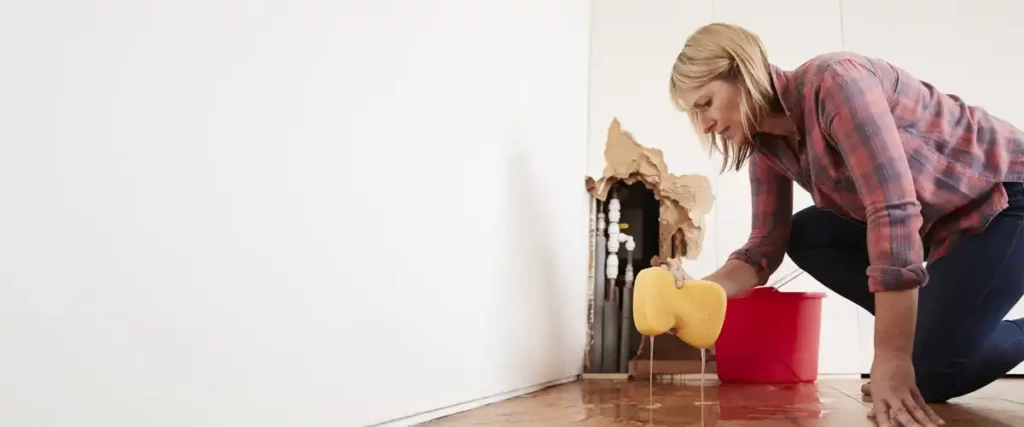
What are the Steps for Water Damage Restoration?
Understanding the restoration process helps ease the burden of a water damage crisis. Here’s a breakdown of the critical steps, specific equipment, and techniques employed at each stage:
Assessment:
- What Happens: Professionals must assess the damage’s extent before work begins. This involves inspecting the affected areas, identifying the type of water involved (clean, gray, or black), and outlining the necessary steps for restoration.
- Equipment/Techniques: They use moisture detectors, hygrometers, and infrared cameras to measure the extent of moisture saturation. Technicians may also use pen or probe meters to identify the water’s source and spread.
Water Extraction:
- What Happens: This step removes standing water from the property. The sooner this happens, the less chance there is for severe mold growth and secondary water damage.
- Equipment/Techniques: Submersible pumps and industrial wet/dry vacuums are used for water removal. For extensive damage, professionals may use truck-mounted extraction units. The goal is to extract as much water as possible to expedite drying.
Drying:
- What Happens: After water extraction, surfaces may appear dry, but a professional inspection will often reveal they are still wet. The drying step removes this additional moisture to prevent warping, swelling, or mold growth.
- Equipment/Techniques: Air movers (or winders) help circulate airflow, while industrial-grade dehumidifiers reduce the room’s humidity levels, making the air absorb more moisture. Using specialized equipment like floor drying systems, dry mats, or injection systems helps dry out areas that are hard to reach or underneath specific structures.
Cleaning:
- What Happens: This stage is vital for health and safety. Depending on the water category, contamination could be a serious concern. All personal belongings are sanitized, and any lingering odors are addressed.
- Equipment/Techniques: Air scrubbers help remove particles, contaminants, and gases from the air. Professionals use antimicrobial treatments on affected surfaces to halt mold growth. They may also use fogging equipment and industrial air sprayers for disinfecting and removing odors.
Repairs:
- What Happens: The final step involves repairing or replacing damaged structural elements, such as drywall, flooring, or ceilings. This step can range from minor repairs, like replacing a few drywall panels, to major reconstruction.
- Equipment/Techniques: The tools and techniques here vary widely. Professionals could use everything from simple hand tools for minor repairs to heavy machinery for large-scale reconstruction.
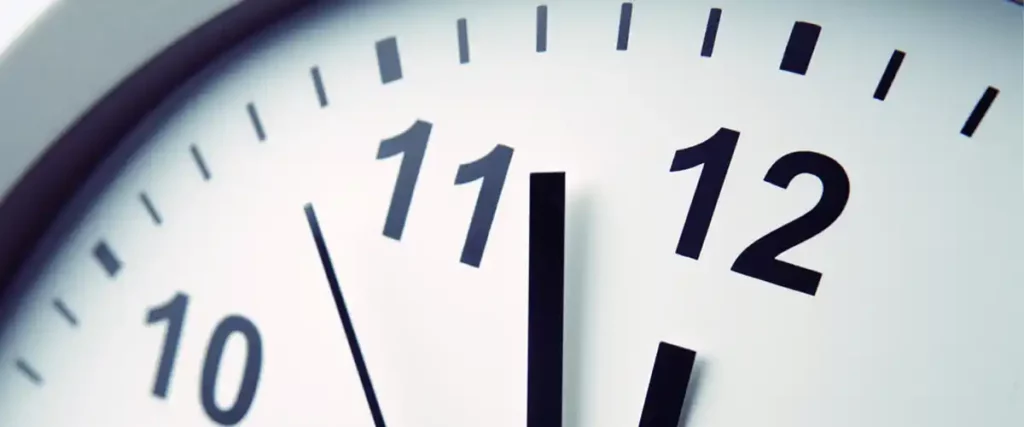
Beating the Clock: Swift Action, Safer Outcomes
Speed is your ally in the fight against water damage. A swift, decisive response minimizes the aftermath, barricading the path of potential secondary damages like mold growth and structural decay. Each passing moment can amplify damage, escalate costs, and extend recovery time. Understanding this urgency accentuates the need for immediate action in the face of water damage.
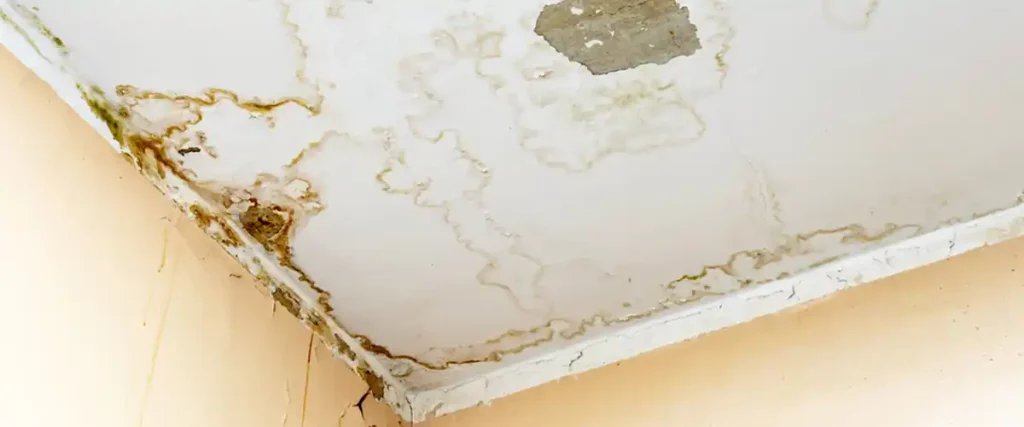
Professional vs. DIY Restoration
In the face of devastation, taking up arms with a mop and bucket might seem brave, but it’s often futile. Professionals come armed not just with tools but expertise. They tackle water tragedies daily, knowing the nooks, crannies, and nuances of effective restoration.
However, not all water woes require an expert battalion. For minor spills and leaks, a well-informed DIY approach can suffice. But discerning the scale of damage is vital, as underestimated water woes can burgeon into significant issues.
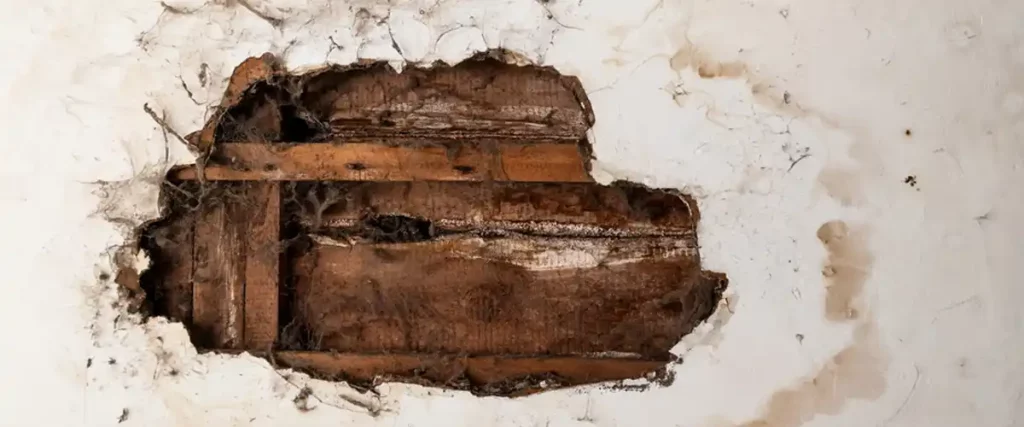
Preventing Water Damage
Prevention, they say, is better than cure. Regular maintenance, like checking pipes and appliances, fortifies your home’s defenses. Adequate insulation during colder months keeps the icy fingers of frostbite away from your lines. Being vigilant, recognizing the signs of water trouble, and acting on minor issues can ward off future disasters. Early detection is your secret weapon in the battle against water damage.

Final Thoughts: Absorbing the Essentials of Water Damage Restoration
Navigating the murky waters of damage restoration can feel daunting. Yet, with this guide, you’re now equipped with knowledge and insights into the process. You get to learn and understand the causes and categories of water damage, the critical nature of quick responses, and the wisdom in professional intervention.
For homeowners and property managers, grasping these elements is not just about damage control; it’s about anchoring safety, health, and tranquility in your living spaces. Whether you’re battling a flood or a faucet, remember, expertise is just a call away, especially for those seeking damage restoration in Kansas City.
References:
- Northern Arizona University. (2020). Water Damage Restoration Guideline. Retrieved from https://in.nau.edu/wp-content/uploads/sites/226/2020/03/Water-Damage-Guideline.pdf


